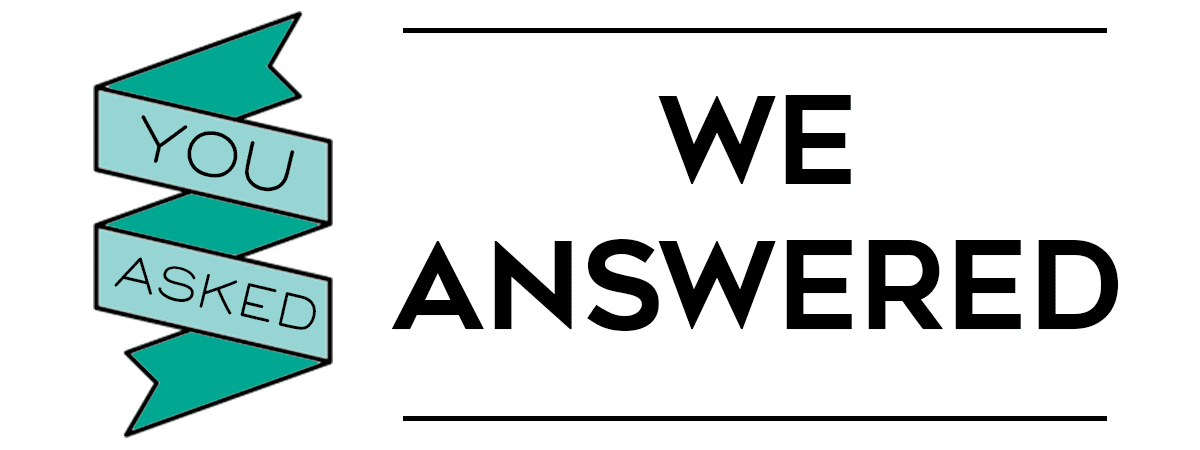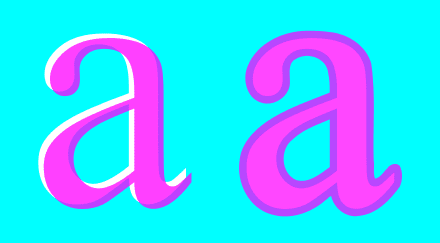
Do we [customers] design our own graphics for the overlay?
That is a great question, for this one we went to Joel Seiden, one of our Product Managers, who works with customers on design engineering.
Yes, customers are welcome to, and typically do, design graphic designs for their membrane switch overlay. However, one of the biggest issues we tend to see with customer supplied graphics is the assumption that whatever can be drawn in Illustrator, or any other program, can be screen printed. It is important to remember that while there are really no limits to what you can create for web graphics, that is not so much the case for screen printing. We must be conscious of, and often times modify art, for line width (.010″ min for solvent ink, .007″ min for UV ink), lack of adequate color trapping areas, overly intricate or otherwise complicated gradient features, and any features that do not account for print tolerances.
What are color trapping areas?
Color trapping areas are where one color “bleeds” into or is “trapped” by another color. If printing was perfect this would not be needed, however, it is purely a means to account for print tolerances and provide a quality graphic with crisp lines.
What are your printing tolerances?
We state a print pass to print pass tolerance of .010″
Bonus questions:
What other things can be added to a graphic overlay to enhance the user interface?
As far as enhancing the user interface there are various forms of embossing (pillow, rail and multiple height) that you can add to accentuate they key area. Gradient, or chrome ink accents are a great addition. Even going to an elastomer (also known as a rubber keypad), rather than a standard polycarbonate overlay is a great way to enhance the interface.
What is the difference between a pillow, rail, and multiple height emboss?
If a key has a pillow emboss then the whole key is embossed. If a key has a rail or rim emboss then just the perimeter of the key will have a minimum of .040″ wide rail or rim around it. A multi-layer or custom emboss could be a key with 2 layers of emboss height or a pillow emboss with braille dots on top of the initial emboss.

